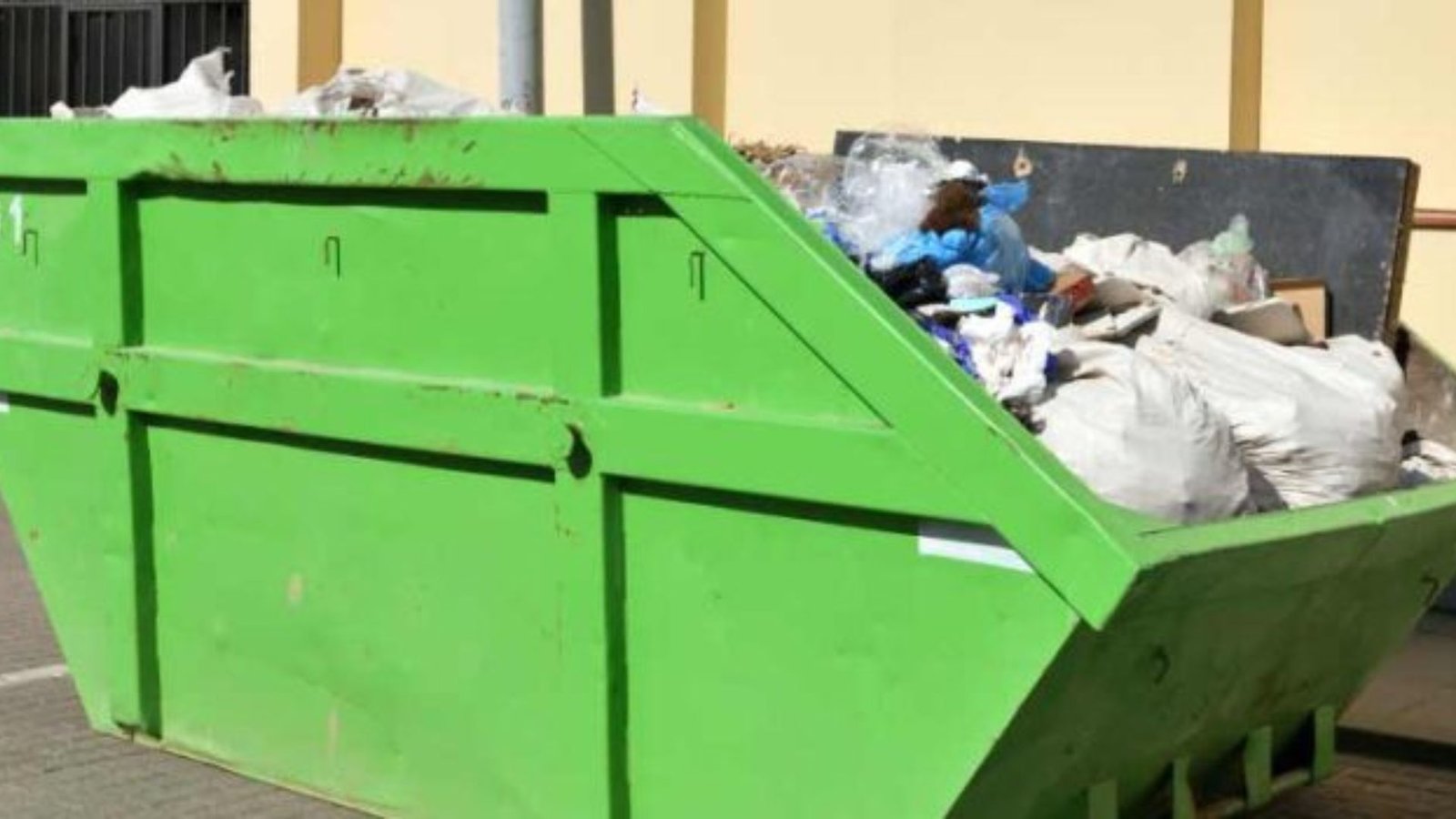Data analysis has become a powerful tool for improving waste management strategies worldwide. By leveraging data from various sources, waste management professionals can optimize operations, reduce waste, and enhance recycling efforts. Let’s explore how analyzing data is revolutionizing waste management and leading to more efficient, sustainable solutions.

Data Collection in Waste Management
Data collection is the first step in creating effective waste management strategies. Waste management systems now use technologies such as smart sensors, GPS, and tracking software to monitor waste generation, collection patterns, and disposal. These tools gather critical information on waste volumes, composition, and pickup frequency, offering real-time insights into how waste moves through the system.
For instance, smart bins equipped with sensors monitor fill levels and alert waste collection teams when bins need emptying. By tracking this data, cities can prevent overflowing bins, optimize collection routes, and reduce unnecessary trips, saving both time and fuel.
Optimizing Collection Routes and Schedules
Data-driven insights enable waste management professionals to optimize collection routes and schedules. By analyzing data on waste generation patterns, teams can identify peak times for waste disposal and adjust collection schedules accordingly. This optimization reduces fuel consumption, lowers operational costs, and ensures waste is collected efficiently.
For example, data may reveal that certain neighbourhoods generate more waste at the beginning of the week, while others do so toward the end. Waste collection teams can use this data to tailor their routes and schedules, ensuring that waste is collected when bins are full, and minimizing the frequency of pickups in less busy areas.
Enhancing Recycling Efforts with Data
Recycling programs greatly benefit from data analysis. Waste management professionals can track what materials are being recycled, how much is diverted from landfills, and which areas have lower recycling participation rates. By identifying trends in recycling behavior, cities and waste management companies can launch targeted campaigns to boost recycling efforts in underperforming areas.
Additionally, data analysis helps in pinpointing contamination in recycling streams. Contaminated recycling can cause entire loads to be sent to landfills. By analyzing which materials are often incorrectly sorted, recycling facilities can educate the public on proper recycling habits, ultimately improving the quality of recycled materials.
Predicting Waste Generation Trends
Analyzing historical data allows waste management systems to predict future waste generation trends. By studying past patterns and demographic changes, waste managers can anticipate how waste volumes may fluctuate in the future. This foresight is particularly valuable in urban areas experiencing rapid population growth, where waste volumes may increase significantly over time.
With predictive analysis, waste management teams can plan for future infrastructure needs, such as additional bins, expanded recycling facilities, or larger fleets of waste collection vehicles. This proactive approach ensures that waste management systems are equipped to handle changing waste volumes efficiently.
Reducing Environmental Impact
Data analysis also plays a crucial role in reducing the environmental impact of waste management. By monitoring carbon emissions, fuel consumption, and the environmental footprint of waste collection processes, companies can implement strategies to minimize their impact on the environment.
For example, data might show that certain collection routes are longer than necessary, leading to higher fuel consumption. Waste management companies can use this information to streamline routes, reducing the number of vehicles on the road and lowering emissions. Additionally, by analyzing waste composition data, companies can explore opportunities to divert more materials from landfills, further reducing their environmental footprint.
Improving Decision-Making for Policy and Planning
Data-driven insights enhance decision-making in waste management policy and planning. Local governments and waste management authorities can use data to evaluate the effectiveness of waste management policies, identify areas for improvement, and allocate resources more effectively.
For instance, data may reveal that certain communities need more access to recycling facilities or that public awareness campaigns are needed to improve participation. By making informed decisions based on data, policymakers can create waste management strategies that are both cost-effective and sustainable.
Conclusion
Data analysis is transforming the waste management industry by providing valuable insights that lead to more efficient operations, optimized routes, improved recycling efforts, and reduced environmental impact. By leveraging data effectively, waste management professionals can develop better strategies that ensure a cleaner, more sustainable future for all. As the industry continues to evolve, data will remain a crucial factor in building innovative and effective waste management solutions.




